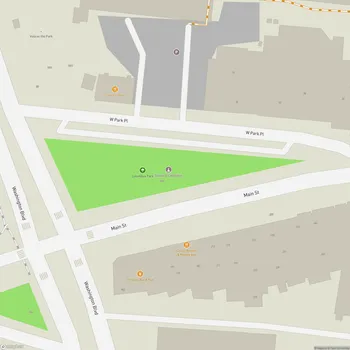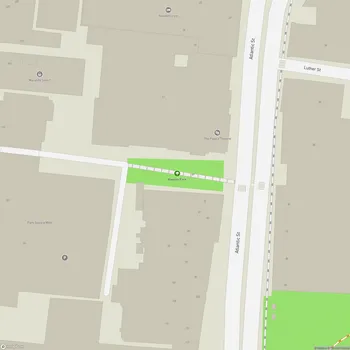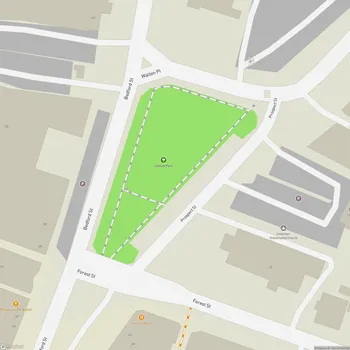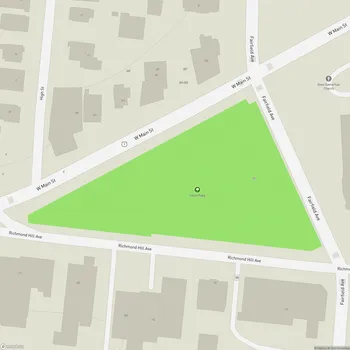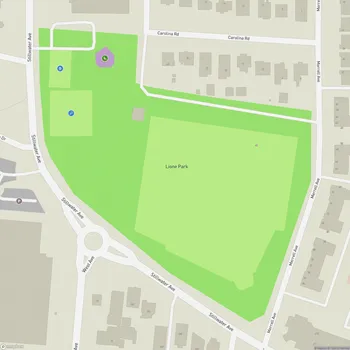Mill River Park
Mill River Park Map
About Mill River Park in Stamford
Mill River Park is a 12-acre urban park located in downtown Stamford, Connecticut. The park, which separates Downtown from the West Side, features a restored section of the Mill River, extensive landscaping, and various recreational amenities. It is the result of a long-term redevelopment project aimed at reclaiming green space and improving the ecological health of the area.
The park's development began in 1998 with a preliminary study by Sasaki Associates, resulting in the Mill River Corridor Plan to reclaim 26 acres of green space in downtown Stamford. In 2000, the U.S. Army Corps of Engineers endorsed the removal of the Mill River Dam to restore wetland habitat and improve public access to the river. The Mill River Park Collaborative, a non-profit organization, was founded in 2003 to lead the creation, growth, and operations of the new park.
Mill River Park officially opened to the public in May 2013, featuring the largest cherry tree grove in New England. Since then, it has continued to evolve with the addition of new amenities. The park embraces the newly naturalized banks of the Mill River with a design that includes passive meadows, pedestrian and bicycle trails, lawn areas for play and events, and access points to the water's edge.
The park serves as a vital space for relaxation, education, and entertainment in the heart of Stamford. It has transformed access to nature and play space for all ages, providing a new model for redefining urban life and attracting new residents. Mill River Park has become a meeting place for once divided neighborhoods, operating as a connector between Stamford's downtown and the West Side.
Environmental stewardship is a key focus of the park. The restoration of the Mill River has allowed for the return of native flora and fauna, attracting a variety of native birds, reptiles, and small mammals. The park also serves as an educational resource, with staff leading educational walks to help the public better understand native plants and animals, and providing year-round programs for local students.
